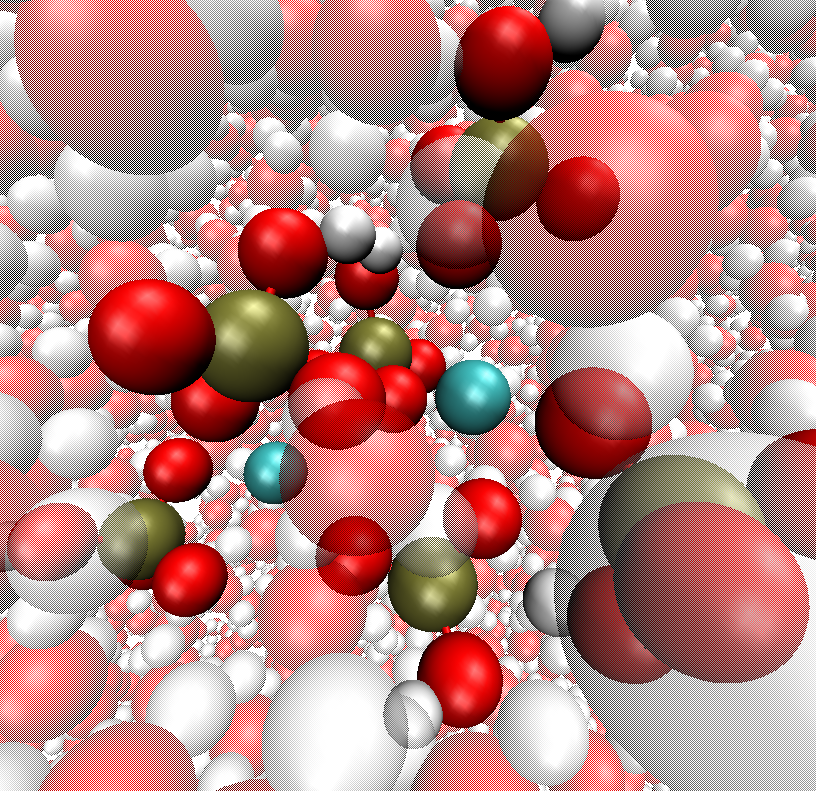THE CHALLENGE:
We see so much of the world around us at the large scale, but never really think about the complexity taking place at the atomic level. So it is, for example, with bone formation. A central part of human life, bones are made up of calcium phosphate molecules that come together to form small particles and then bigger clumps, eventually building up into the bone structures that we all recognise. But we still don’t really know how the molecules grow and form the crystal structure that gives them their strength. Dr Raffaella Demichelis from Curtin University in Western Australia works with colleagues to understand the formation of minerals relevant to life, such as those present in bones, shells, kidney stones, and more generally, in hard tissues.
THE SOLUTION:
Dr Demichelis works on several processes that involve mineral formation and reactivity, all using classical molecular dynamics and first principle computational simulations. She and her colleagues model hundreds of thousands of atoms at a time as they interact and connect to form crystal structures. In these processes, even the smallest interactions are complex. The NCI supercomputer allows the team to run specialised models that simulate the growth of calcium phosphate materials. Each simulation takes more than a week to run on one hundred computer processors working in parallel. The data from that simulation is then used in the scientific process for analysis and review. Dr Demichelis, Associate Professor Paolo Raiteri and PhD student Natalya Garcia have used the simulation to narrow down the ways in which calcium phosphate clusters in water can form and interact.
THE FUTURE:
Supercomputer simulations of chemical interactions are the only way of learning the atomic details about the mineralization processes critical to human life. That understanding helps with future biochemical research about the growth and dissolution of hard tissues, and potential diseases and treatments. The fundamental understanding that comes from high-resolution simulations like this provides the basis for the next steps in scientific understanding. For the research team, they are looking to move their models to higher resolutions and increased realism using higher-performing codes and new technologies like Graphics Processing Units. Soon, they plan to model beyond the formation of small clusters of atoms to the interaction and build-up of larger calcium phosphate structures.
You can read the paper about these latest simulations at the American Chemical Society website.
